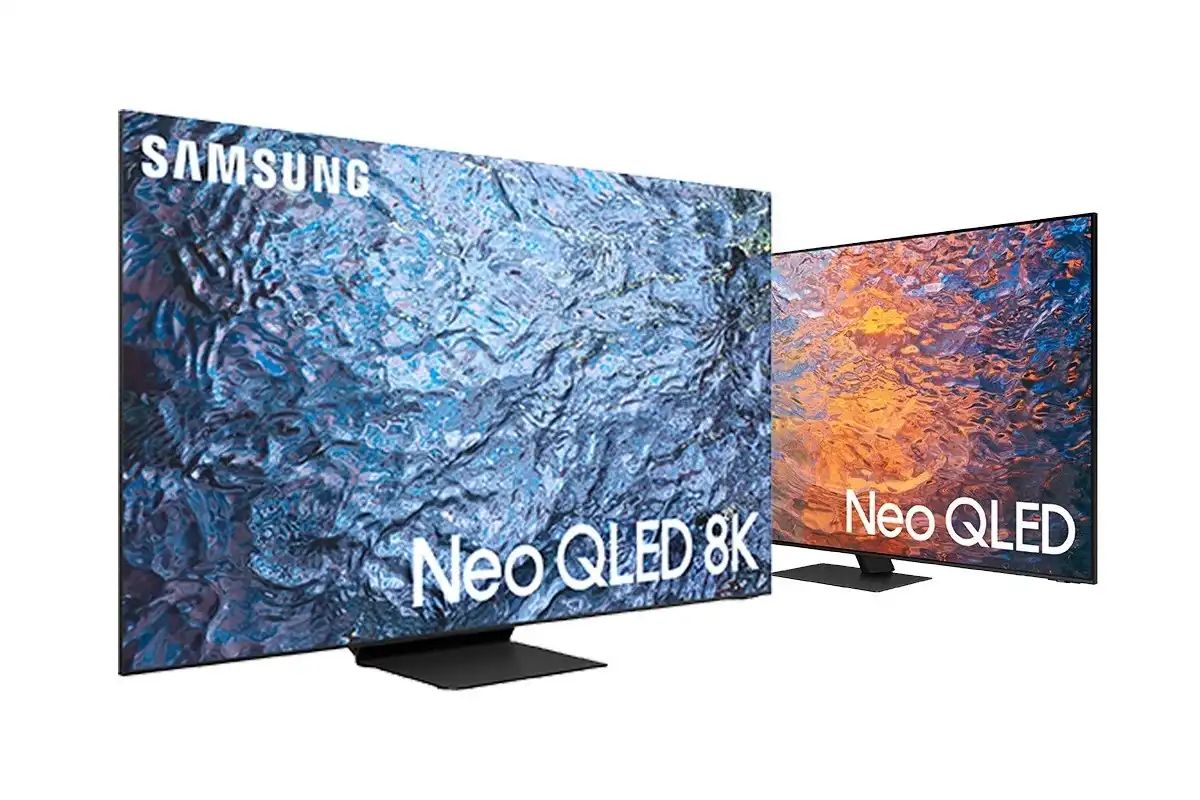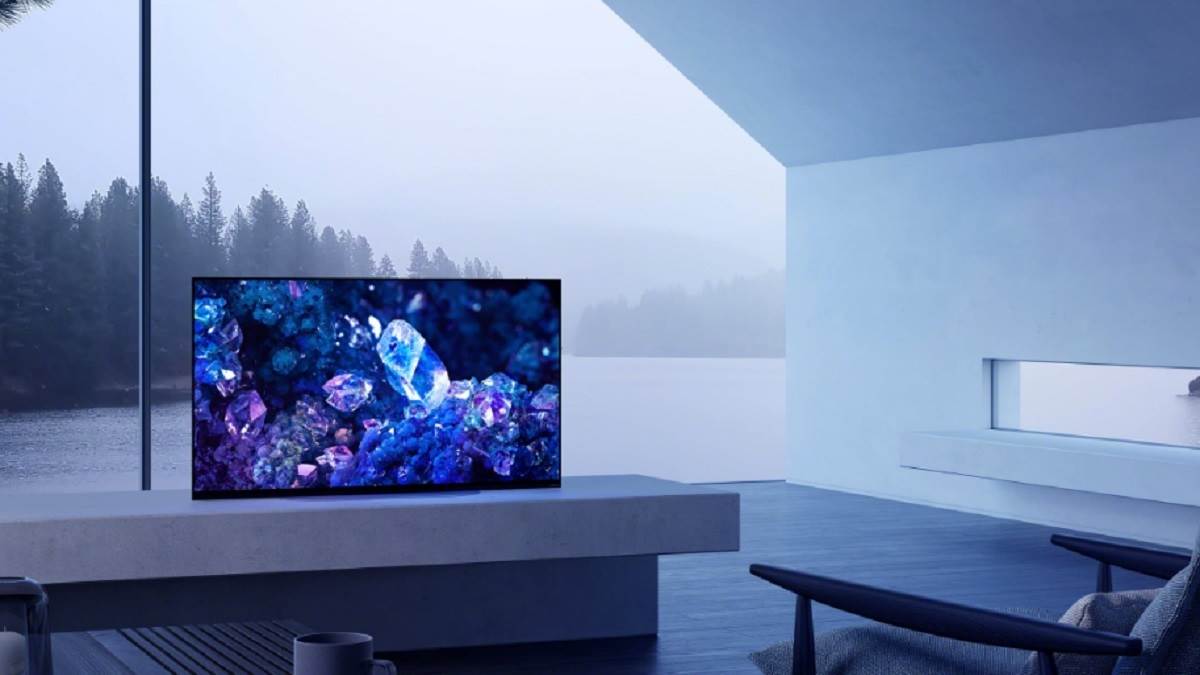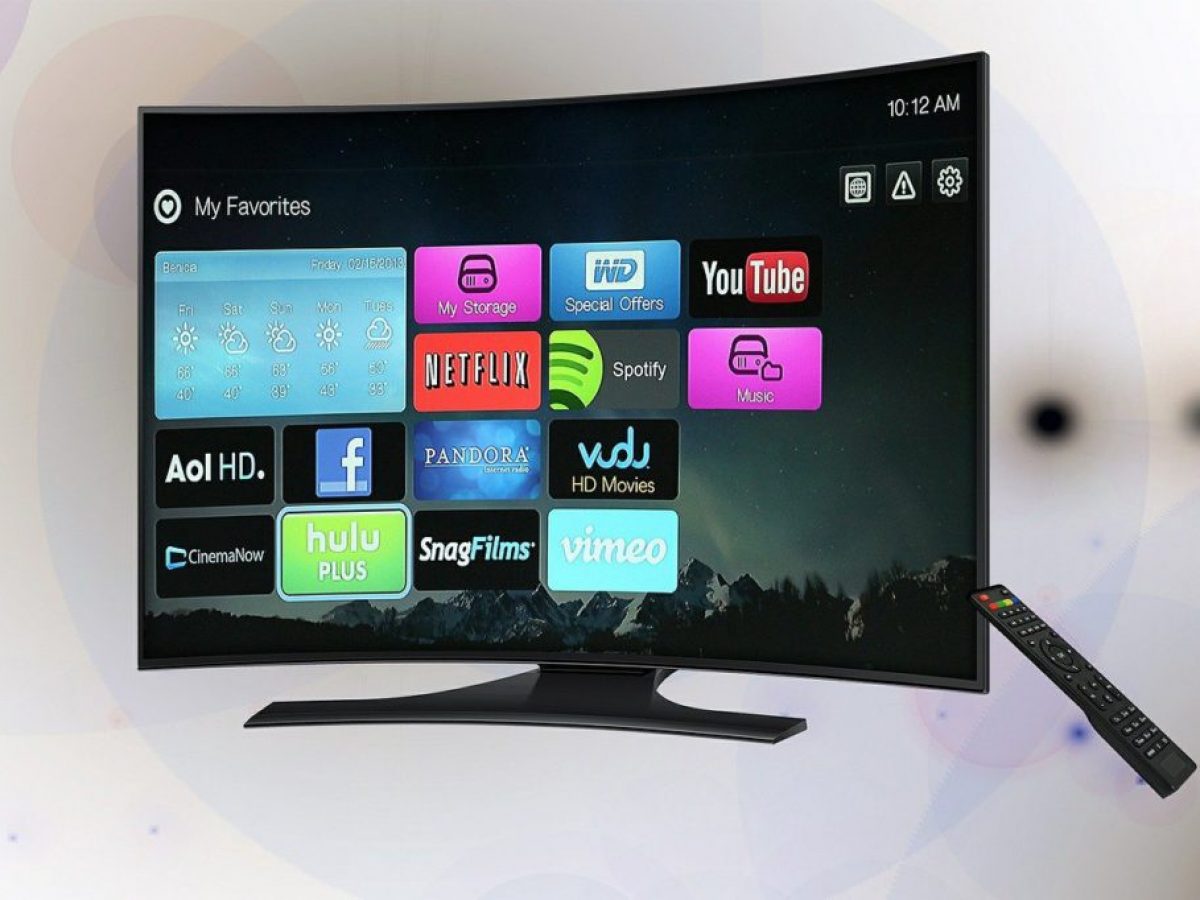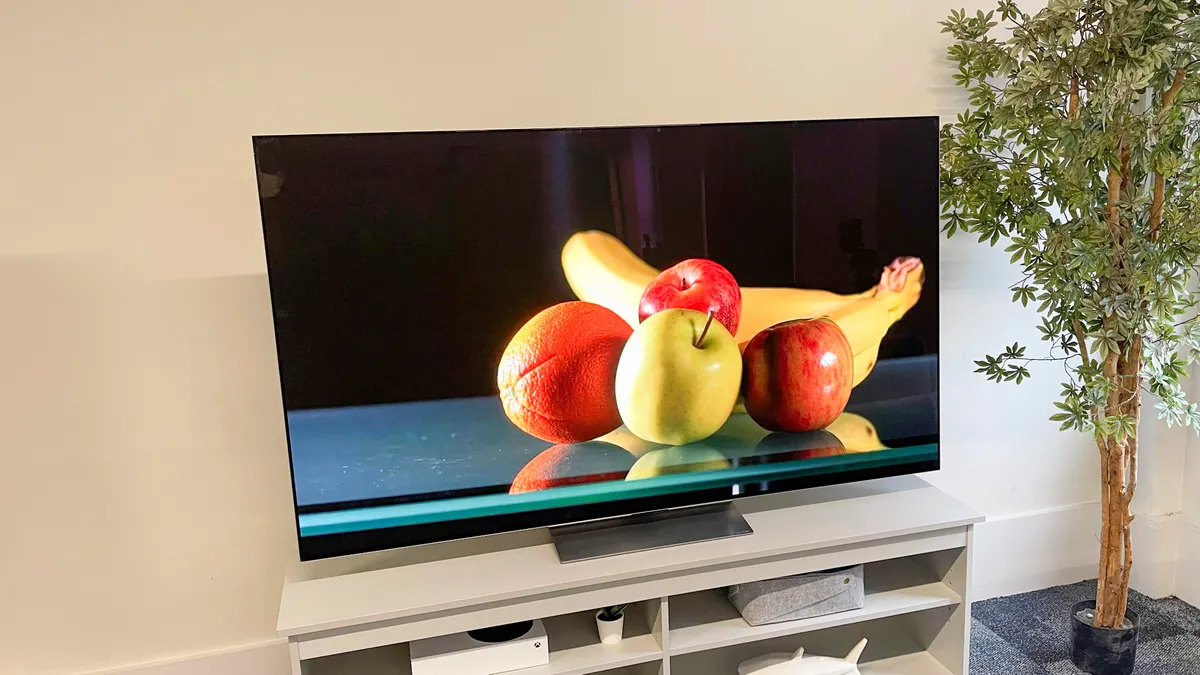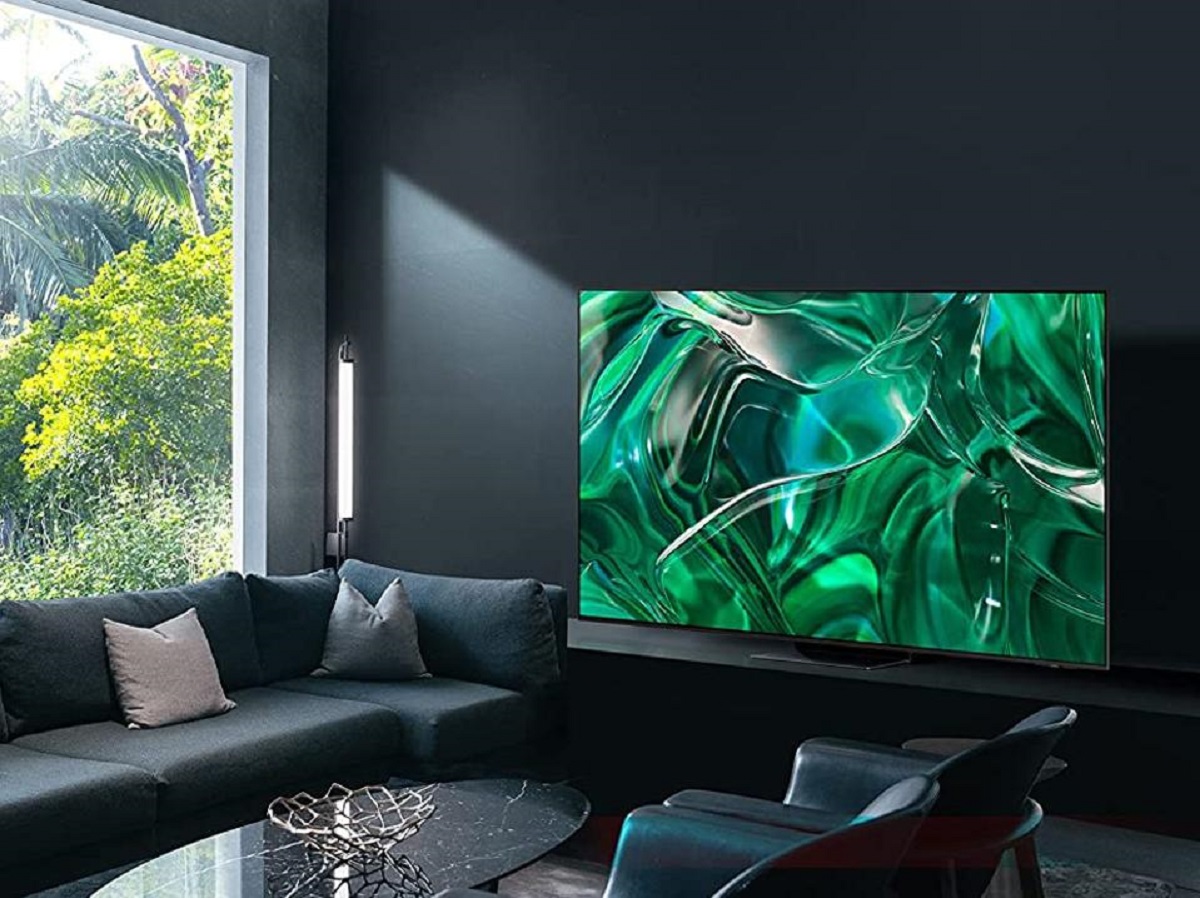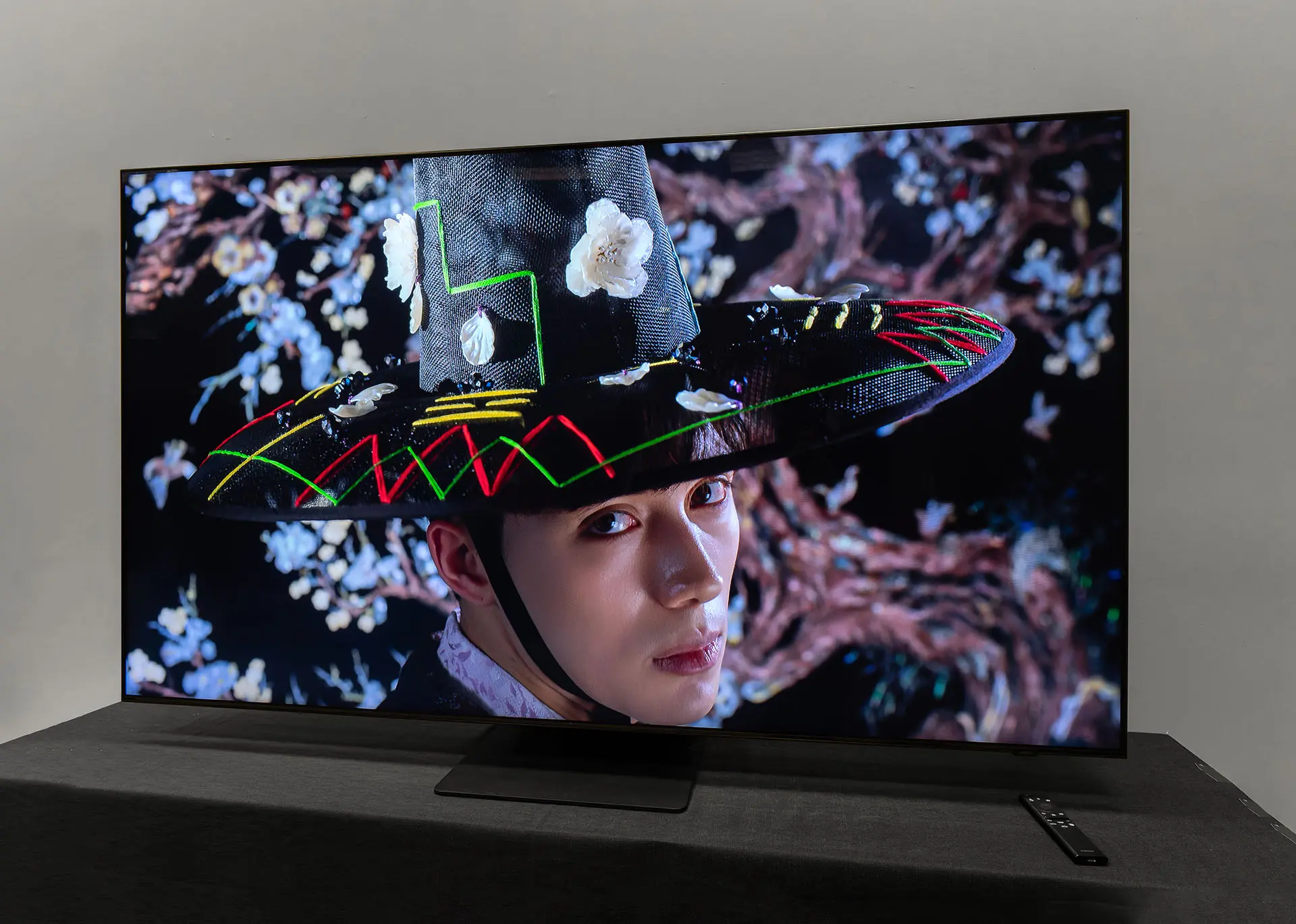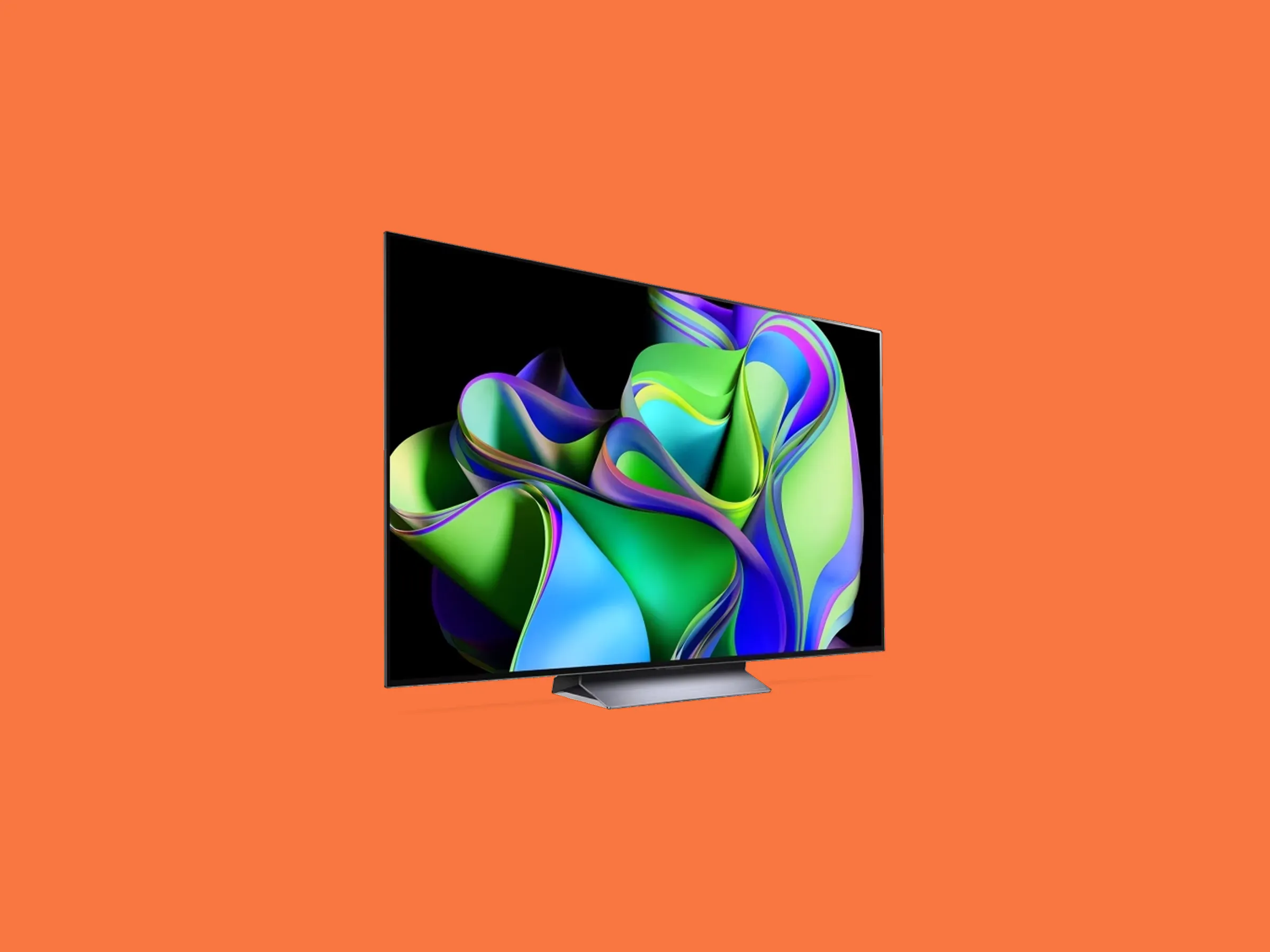Introduction
When it comes to choosing a new television, one of the most important features to consider is the upscaling capability. With the abundance of content available in various resolutions, such as DVDs, streaming services, and even older cable broadcasts, the ability of a TV to upscale lower resolution content to fit its own native resolution can greatly impact the viewing experience.
Upscaling refers to the process of enhancing the quality of a lower resolution image or video to match the native resolution of a higher resolution display. It is an essential technology in modern televisions, as it helps to maximize the visual quality of content and provide a more immersive viewing experience.
When it comes to upscaling, two popular display technologies—QLED and OLED—stand out. QLED, or Quantum Dot Light Emitting Diode, utilizes quantum dot technology to enhance color and brightness, while OLED, or Organic Light Emitting Diode, relies on self-emitting pixels for deep blacks and vibrant colors.
In this article, we will explore the upscaling capabilities of QLED and OLED TVs to determine which technology performs better in this crucial aspect. By understanding the strengths and weaknesses of each, you can make an informed decision when choosing your next television.
What is upscaling?
Upscaling is the process of improving the visual quality of a lower resolution image or video to match the native resolution of a higher resolution display. It involves analyzing the pixels in the original content and adding additional pixels to increase the overall resolution of the image. This is particularly important when viewing lower resolution content on a higher resolution display, as it helps minimize image distortion, reduce pixelation, and enhance the overall sharpness of the image.
There are two main types of upscaling: spatial and temporal. Spatial upscaling focuses on improving the clarity and sharpness of an image by adding additional pixels. This is achieved through various techniques such as interpolation, edge enhancement, and noise reduction. Temporal upscaling, on the other hand, enhances the smoothness and fluidity of motion in videos by analyzing and interpolating frames to create intermediate frames.
Upscaling algorithms are typically built into modern televisions, allowing them to automatically detect and upscale lower resolution content. These algorithms vary across different TV brands and models, with some utilizing advanced machine learning techniques to generate more accurate and realistic upscaled images.
It’s worth noting that while upscaling can improve the visual quality of lower resolution content, it is not a magical solution that can replicate the native quality of true high-resolution content. The degree to which upscaling is effective depends on the quality of the upscaling algorithm employed by the TV, as well as the native resolution of the display itself.
Overall, upscaling is a crucial technology in modern televisions, as it allows viewers to enjoy a wider range of content without sacrificing visual quality. Whether you’re watching DVDs, streaming services, or older cable broadcasts, a TV with good upscaling capabilities can significantly enhance your viewing experience by delivering sharper, more detailed, and more immersive visuals.
The importance of upscaling
Upscaling plays a crucial role in maximizing the visual quality and overall viewing experience when it comes to watching content on modern televisions. Here are a few reasons why upscaling is important:
1. Enhancing visual quality: Many sources of content, such as DVDs or older broadcasts, are in lower resolutions compared to the native resolution of most modern televisions. Without upscaling, these lower resolution videos would appear pixelated, blurry, and lack detail when displayed on a higher resolution screen. Upscaling algorithms help to improve the clarity, sharpness, and overall quality of these lower resolution videos, making them more enjoyable to watch.
2. Future-proofing your TV: As technology advances, the content available to consumers continues to evolve. By choosing a TV with robust upscaling capabilities, you future-proof your investment. This means that even as higher resolution content becomes more prevalent, your TV will be able to upscale lower resolution content to fit its native resolution, ensuring that you can enjoy a wide range of content without compromise.
3. Providing a seamless viewing experience: With the vast amount of content available today, seamlessly transitioning between different resolutions is essential. When a TV has excellent upscaling capabilities, it can seamlessly switch between different resolution content without jarring visual disparities. This allows for a more immersive and uninterrupted viewing experience, as the upscaling smooths out any inconsistencies in resolution.
4. Making older content enjoyable: Many viewers have collections of older movies or TV shows that may only be available in lower resolutions. Upscaling helps to breathe new life into these older titles, bringing them closer to the quality of modern high-resolution content. By enhancing the visuals, upscaling allows viewers to revisit their favorite classics with improved clarity and detail.
5. Enhancing gaming experiences: In addition to video content, upscaling is crucial for gaming on consoles. Gaming consoles often render games in lower resolutions to maintain smooth framerates. With a TV that has strong upscaling capabilities, gamers can enjoy a more visually satisfying experience by having their games upscaled to match the native resolution of the TV.
In summary, upscaling is essential for modern televisions as it improves visual quality, future-proofs your investment, provides a seamless viewing experience, makes older content enjoyable, and enhances gaming experiences. When shopping for a new TV, considering the upscaling capabilities is vital to ensure that you can enjoy a wide range of content at its best possible quality.
QLED and OLED: An overview
Before diving into the upscaling capabilities of QLED and OLED TVs, it’s essential to understand the key differences between these two popular display technologies.
QLED (Quantum Dot Light Emitting Diode):
QLED TVs utilize quantum dot technology to enhance color and brightness. Quantum dots are tiny semiconductor nanocrystals that can emit light when stimulated by an external light source. This technology allows QLED TVs to produce a wide color spectrum and achieve higher peak brightness levels compared to traditional LCD displays. The use of quantum dots also helps to minimize color fading and degradation over time, ensuring long-lasting vibrant colors. Additionally, QLED technology offers excellent black uniformity, resulting in deep blacks and high contrast ratios.
OLED (Organic Light Emitting Diode):
OLED technology differs from QLED in that it uses self-emitting pixels. Each pixel in an OLED display can emit its own light, which allows for precise control over brightness levels and individual pixel performance. As a result, OLED TVs can achieve perfect black levels and infinite contrast ratios, creating an immersive viewing experience with exceptional depth and detail. OLED displays also offer wide viewing angles, ensuring consistent picture quality from any viewing position. Furthermore, because the pixels can independently turn off, OLED displays can achieve true blacks by completely shutting off the individual pixels in those areas.
Both QLED and OLED technologies have their strengths and appeal to different types of viewers. QLED is known for its vibrant colors, high brightness levels, and excellent black uniformity, making it well-suited for bright, well-lit rooms. On the other hand, OLED excels in delivering deep blacks, infinite contrast ratios, and wide viewing angles, making it ideal for dark room settings and viewers who prioritize cinema-like picture quality.
Now that we have an understanding of the fundamental differences between QLED and OLED technologies, we can examine how they perform when it comes to upscaling lower resolution content.
Upscaling capabilities of QLED TVs
QLED TVs are equipped with advanced upscaling algorithms that aim to enhance the visual quality of lower resolution content. These algorithms analyze the pixels in the original content and apply various techniques to improve sharpness, detail, and overall image quality.
One of the key advantages of QLED technology is its ability to produce vibrant colors and high peak brightness levels. This translates into upscaling capabilities that can effectively maintain and enhance the color accuracy and brightness of lower resolution content. QLED TVs can accurately reproduce a wide color spectrum, ensuring that upscaled content retains its intended color fidelity.
Additionally, QLED TVs’ advanced upscaling algorithms utilize machine learning and artificial intelligence techniques to generate more realistic and accurate upscaled images. These algorithms continuously learn and adapt to different content types, allowing for better prediction and interpolation of missing details in lower resolution content. This can result in sharper and more detailed upscaled images, providing a visually pleasing viewing experience.
QLED upscaling algorithms also focus on improving image sharpness and reducing noise. Through edge enhancement and noise reduction techniques, QLED TVs can refine the edges in upscaled content, resulting in a more defined and crisp image. These algorithms also help to reduce unwanted artifacts and visual distortions that may occur during the upscaling process.
It’s important to note that while QLED TVs excel at upscaling lower resolution content, the effectiveness of the upscaling may vary depending on the specific model and brand. Higher-end QLED TVs generally offer more advanced upscaling capabilities, with dedicated image processing chips and algorithms designed to provide superior upscaling performance.
In summary, QLED TVs offer impressive upscaling capabilities, thanks to their vibrant color reproduction, high peak brightness levels, and advanced upscaling algorithms. With their ability to maintain color accuracy, enhance sharpness, and reduce noise, QLED TVs provide a visually pleasing viewing experience when watching lower resolution content.
Upscaling capabilities of OLED TVs
OLED TVs are renowned for their exceptional picture quality and their upscaling capabilities are no exception. Thanks to the unique self-emitting pixel technology, OLED displays can deliver impressive upscaling performance for lower resolution content.
One of the standout features of OLED technology is its ability to achieve perfect black levels and infinite contrast ratios. This means that when upscaling lower resolution content, OLED TVs can effectively enhance the details and textures in darker areas of the image. By accurately reproducing deep blacks, OLED displays create a high level of contrast that adds depth and realism to upscaled content.
Additionally, OLED TVs’ self-emitting pixel technology ensures precise control over brightness levels. This enables OLED displays to accurately upscale lower resolution content by adjusting the brightness of individual pixels, creating a more realistic and visually pleasing image. The ability to control brightness at such a granular level helps OLED TVs maintain the integrity of the original content during the upscaling process.
The wide viewing angles offered by OLED displays also contribute to their upscaling capabilities. With consistent picture quality from various viewing positions, viewers can enjoy upscaled content on an OLED TV from virtually any angle without experiencing significant color distortion or loss of detail. This is particularly advantageous for larger viewing areas or when watching with a group of people.
Furthermore, OLED technology’s ability to turn off individual pixels allows for precise black level reproduction. By completely shutting off pixels in areas where deep black is required, OLED TVs can achieve true blacks, resulting in greater contrast and improved image depth. This capability enhances the upscaling process by preserving the intended shading and contrast ratios of the original content.
Like QLED technology, the upscaling capabilities of OLED TVs can also vary across different models and brands. Higher-end OLED TVs usually incorporate advanced image processing algorithms to further improve the upscaling quality. These algorithms can intelligently analyze and interpolate missing details, resulting in sharper and more realistic upscaled images.
In summary, OLED TVs offer impressive upscaling capabilities due to their ability to achieve perfect blacks, infinite contrast ratios, and precise control over brightness levels. The wide viewing angles and pixel-level black reproduction contribute to the overall upscaling performance of OLED displays. With their exceptional picture quality, OLED TVs provide a visually stunning viewing experience when it comes to upscaling lower resolution content.
Comparing QLED and OLED upscaling
When it comes to comparing the upscaling capabilities of QLED and OLED TVs, both technologies have their unique strengths and advantages. Let’s explore how QLED and OLED fare in various aspects of upscaling:
Color Accuracy: QLED TVs excel in color accuracy, thanks to their ability to produce a wide color spectrum and maintain vibrant colors during the upscaling process. On the other hand, OLED displays also offer excellent color reproduction, ensuring that upscaled content retains its intended color accuracy.
Brightness: QLED technology offers higher peak brightness levels, allowing for enhanced brightness in upscaled content. This can be particularly beneficial when upscaling darker scenes or content with low light levels. OLED displays, while not as bright as QLED, still provide accurate and controlled brightness adjustments, resulting in visually pleasing upscaled images.
Black Levels and Contrast: When it comes to black levels and contrast ratios, OLED TVs have the advantage. With their ability to achieve perfect blacks and infinite contrast ratios, OLED displays can enhance the details and depth of upscaled content. QLED technology, although not able to match the absolute black levels of OLED, still offers excellent black uniformity and high contrast ratios, contributing to an immersive viewing experience.
Sharpness and Detail: Both QLED and OLED technologies can deliver impressive sharpness and detail during the upscaling process. Their advanced upscaling algorithms utilize various techniques, such as edge enhancement and noise reduction, to refine the upscaled image and bring out the finer details. However, the effectiveness of these techniques may vary across different models and brands of QLED and OLED TVs.
Viewing Angles: OLED displays have a significant advantage over QLED in terms of viewing angles. With their self-emitting pixel technology, OLED TVs provide wide viewing angles, ensuring consistent picture quality from different positions. QLED displays, while offering improved viewing angles compared to traditional LCD displays, may still experience some color distortion when viewed from extreme angles.
Software and Processing: Both QLED and OLED TVs incorporate advanced image processing algorithms to enhance the upscaling performance. These algorithms can learn and adapt to different content types, improving interpolation and image quality. The specific implementation and effectiveness of these algorithms can vary between brands and models, so it’s important to consider the reputation and track record of the TV manufacturer in terms of upscaling technology.
Ultimately, the choice between QLED and OLED for upscaling capabilities depends on personal preference, viewing habits, and the specific environment in which the TV will be used. If vibrant colors, high peak brightness, and excellent black uniformity are important to you, QLED may be the preferred choice. However, if you prioritize perfect blacks, infinite contrast ratios, and wide viewing angles, OLED is likely the better option.
Factors to consider when choosing a TV
When selecting a TV with strong upscaling capabilities, there are several factors to consider to ensure you make the right choice for your specific needs:
1. Display Technology: As discussed earlier, QLED and OLED are two popular display technologies with distinctive characteristics. Consider the advantages and disadvantages of each, such as color accuracy, black levels, contrast ratios, and viewing angles, to determine which technology aligns best with your preferences and viewing environment.
2. Resolution: While upscaling is crucial for lower resolution content, it’s still important to consider the native resolution of the TV. If you primarily consume higher resolution content, such as 4K or HDR, ensure that the TV offers a high native resolution to fully enjoy the visual quality of these formats.
3. Brand Reputation: Look for reputable TV brands known for their upscaling capabilities and image processing technologies. Brands with a proven track record in delivering high-quality upscaling algorithms can provide a more reliable and satisfying upscaling performance.
4. Viewing Habits: Consider your content consumption habits. If you frequently watch DVDs, streaming services, or older broadcasts that may be in lower resolutions, investing in a TV with strong upscaling capabilities can significantly enhance your viewing experience. Conversely, if you primarily watch high-resolution content, the upscaling performance may be less critical.
5. Room Environment: Assess the lighting conditions in the room where the TV will be located. If you have a bright, well-lit room, a QLED TV’s high peak brightness and color vibrancy may make it a better choice. In a darker room, an OLED TV’s ability to optimize black levels and contrast ratios can deliver a more immersive viewing experience.
6. Budget: Consider your budget and balance it with your desired features. Higher-end TVs generally offer more advanced upscaling capabilities, but they might come with a higher price tag. Evaluate your priorities and select a TV that provides a good balance between upscaling performance and affordability.
7. Personal Preference: Ultimately, personal preference plays a significant role in choosing a TV. It’s important to trust your eyes and select a TV that appeals to your visual preferences. Consider visiting a showroom or reading reviews to get a sense of how different TVs perform in terms of upscaling and overall picture quality.
By considering these factors, you can make an informed decision and choose a TV with upscaling capabilities that align with your content consumption habits, viewing environment, and personal preferences.
Conclusion
When it comes to choosing a TV with strong upscaling capabilities, both QLED and OLED technologies offer impressive features and benefits. QLED excels in color accuracy, high brightness levels, and excellent black uniformity, making it a great choice for bright rooms and vibrant content. On the other hand, OLED displays deliver perfect blacks, infinite contrast ratios, wide viewing angles, and exceptional image depth, providing a more cinematic and immersive experience, especially in dark room settings.
The upscaling capabilities of QLED and OLED TVs rely on advanced algorithms that analyze and enhance lower resolution content, resulting in sharper, more detailed, and visually pleasing upscaled images. While QLED technology offers vibrant colors, high peak brightness, and advanced image processing techniques, OLED technology shines in deep blacks, infinite contrast, wide viewing angles, and precise control over pixel-level brightness adjustments.
When choosing a TV, factors such as display technology, resolution, brand reputation, viewing habits, room environment, budget, and personal preference should all be considered. Assessing these factors will help you select a TV with upscaling capabilities that best meet your needs and provide an immersive viewing experience.
Ultimately, there is no definitive answer as to which technology is better for upscaling, as it depends on individual preferences and specific requirements. Both QLED and OLED TVs offer exceptional upscaling performance, and the choice comes down to personal preference for factors such as color accuracy, black levels, contrast ratios, viewing angles, and budget.
By carefully considering these factors and thoroughly researching the qualities and features of QLED and OLED TVs, you can make an educated decision that suits your viewing preferences and ensures a visually captivating and enjoyable entertainment experience.







